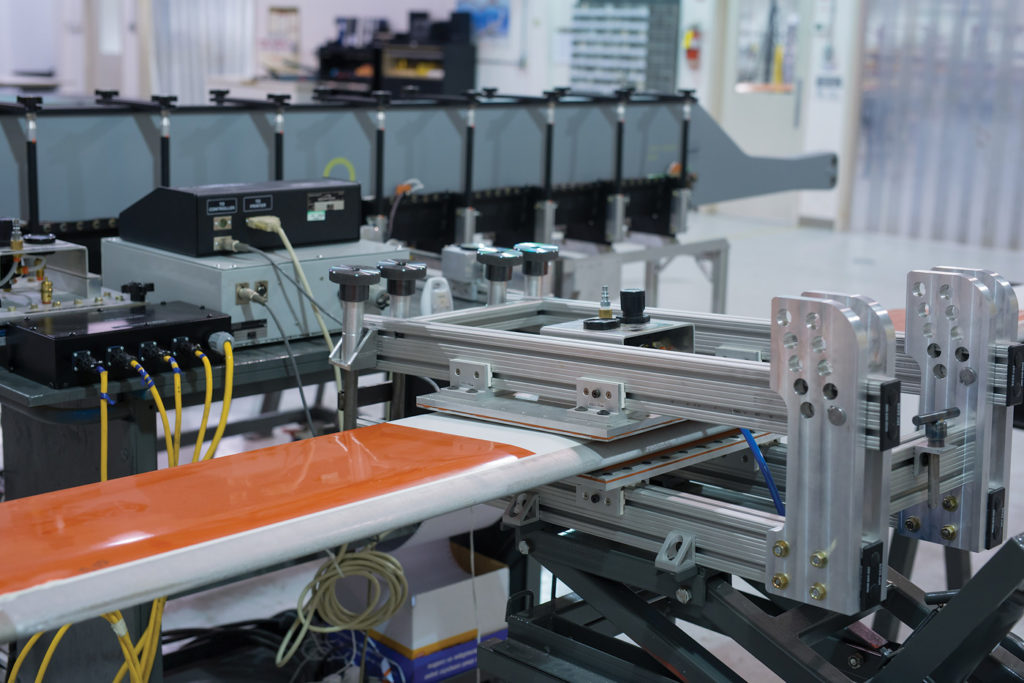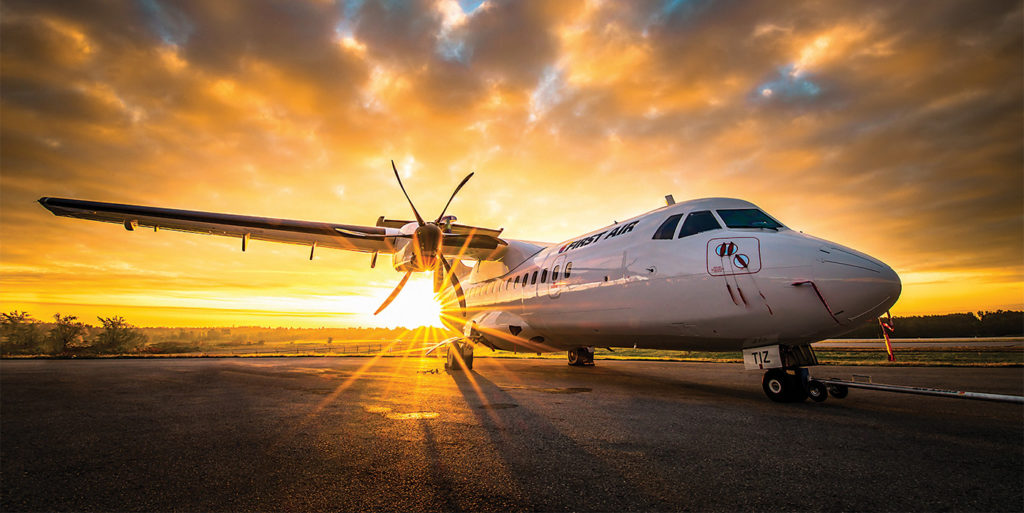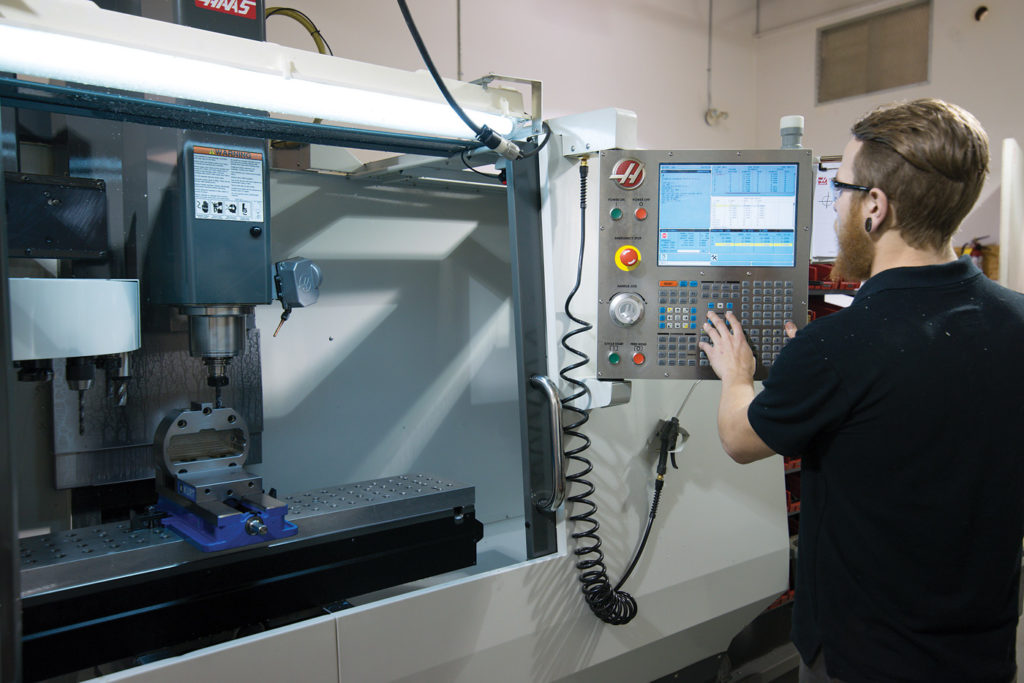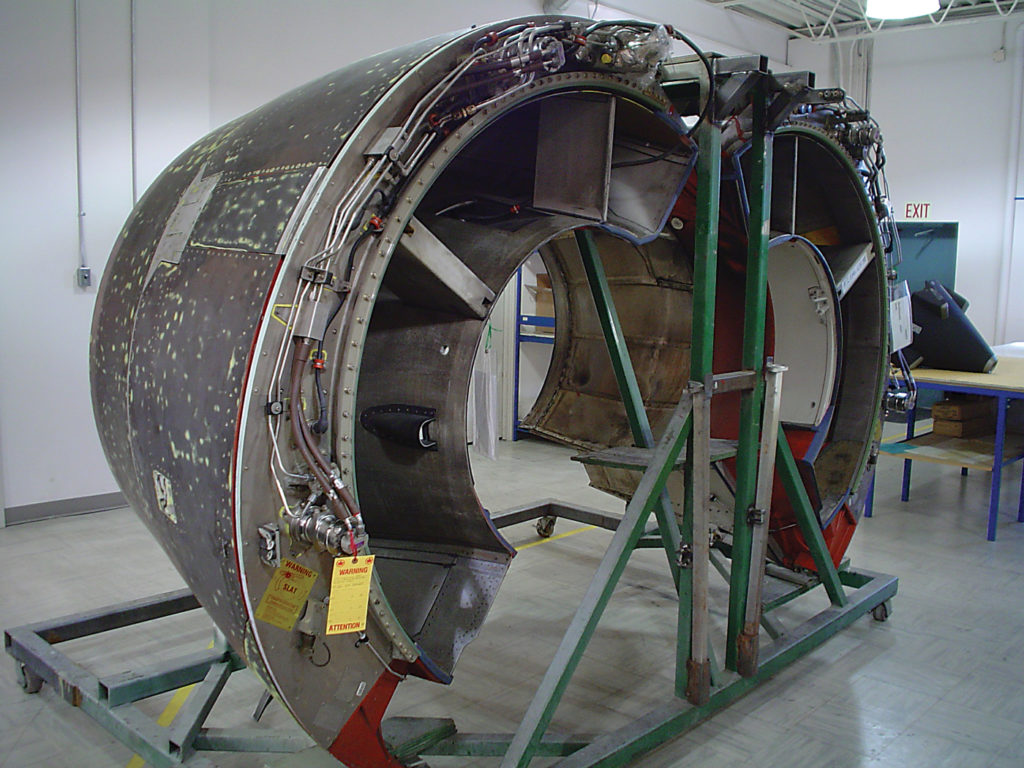Estimated reading time 6 minutes, 41 seconds.
In the early days of the helicopter industry, rotor blades were disposable items. If they were damaged or defective, they were simply removed and replaced. Repair was not an option until the 1970s, when a handful of companies began developing the art and science of composite helicopter rotor repair.

One of those companies, Composite Technologies in Winnipeg, Man., employed a young Bruce Anning, who dedicated eight years to learning the craft of rotor blade repair.
Anning later ventured out on his own, establishing Advanced Composite Structures (ACS) in 1988–a company dedicated to providing composite component repair services for fixed- and rotary-wing aircraft.
“I took the knowledge, technologies and the training that I had acquired and applied it to a broader part of the industry, which was composites as a whole,” Anning told Skies, adding that he avoided rotor blade repair out of respect for his former boss and mentor, Keith Harvey.
Today, ACS is celebrating its 30th anniversary and has broadened its work scope to include composite component repairs such as passenger/cargo floor panels, flight controls, interior and wall panels, cowlings, engine nacelles, radomes, and elevators for both planes and helicopters.
While Anning initially excluded rotor blade repair from his repertoire, he was ultimately compelled to return to his roots.

“Eventually I came back around to my passion, which is helicopters,” he said. “My expertise is in rotor blade repair and implementing repair designs that are essential in order to support the helicopter industry.”
ACS currently repairs rotor blades for most of the major OEMs, including Airbus Helicopters, Bell Helicopter and Sikorsky’s various models. On the military side, the company completes repairs for the Bell AH-1 Cobra, the Boeing AH-64 Apache and the Sikorsky UH-60 Blackhawk, among others. And in the fixed-wing arena, ACS does composite component repairs for all Boeing and Airbus jetliner models, as well as ATR 42/72 and Bombardier Dash 8 turboprops.
While ACS does not currently work on fixed-wing composite propellers, Anning said it’s on the company radar. He believes the technology used to repair composite rotor blades is transferable to propellers.
UP, UP AND AWAY
Three decades ago, ACS had just three employees. Today, the company roster stands at nearly 70 staff members spread among four locations, including its Winnipeg headquarters and locations in Sanford, Fla., Stockton, Calif., and an affiliation with Oceania Aviation in Papakura, New Zealand.

The company got a major opportunity when it landed its first contract with Boeing Canada, at a time when the build rates for the Boeing 737 were exploding. Anning realized that focusing on the manufacturing processes for that particular aircraft could lead to big business for ACS.
He was right. The revenue followed, as did more business opportunities. In 2007, ACS was approached by Oceania Aviation, a large New Zealand-based helicopter service company that was looking to augment some of the products and services it was offering on the other side of the world. Oceania met with ACS and saw some of its products, becoming convinced that the Canadian company would be the perfect business partner.
“We were just a quiet little company in Winnipeg, and [we were] doing a really good job,” recalled Anning. “We took the [Oceania] challenge on. . . . And to this day it is doing extremely well.”

With this success, ACS inevitably expanded into the United States in 2011, opening a facility in Sanford, near Orlando, that has become its biggest location. Florida is a major helicopter hub due to its geographical location and presence of a large number of operators and MROs.
This success has led the company to consider building a new 50,000-square-foot, state-of-the-art rotor blade and composite repair centre, replacing the three current hangars that ACS Florida operates from at Sanford International Airport.
But ACS’s expansion didn’t end with Florida. In 2015, the company acquired Rotor-Tech International (RTI) in Stockton, Calif., which specializes in a full complement of rotor blade repair services for all makes and models. Anning said that location will soon be known as ACS California.
INDUSTRY-LEADING SERVICE
Much of ACS’s continued success can be attributed to the company’s exacting standards and high-quality work, summed up by the slogan, “We fix problems, not symptoms–using sound, solid solutions.”

“We uncover the real core problem and fix it–and fix it correctly,” said Anning, adding that ACS delivers long-lasting repairs that keep aircraft safely in the air while saving operators money. He believes ACS’s success is also due to its status as a third-party maintenance, repair and overhaul (MRO) facility, which is not affiliated with any major manufacturers. This allows the quality of the company’s work to speak for itself.
Anning said an independent company like ACS has a greater ability to customize its services and maintain a more personal relationship with its customers.
PLANNING FOR THE FUTURE
The next frontier for ACS appears to be Western Canada, where it plans to expand its fixed-wing repair services. (While the fixed-wing industry in Canada is large enough to support two repair facilities, ACS is still uncertain whether or not the Canadian helicopter industry could support more than one centrally located rotor blade repair facility.)
“There’s really a lot going on out there,” said Anning, adding that ACS is looking into establishing other rotor blade and composite repair centres worldwide. The company aims to open a western composite repair centre sometime in 2018, with further interest in both Europe and South America.

Future opportunities for ACS are diverse, but firmly rooted in the company’s aviation industry expertise. For example, Anning said he has been approached by wind energy companies who are looking to consult on solutions for wind turbine blade erosion.
ACS has achieved great successes over its three decades in the fixed- and rotary-wing repair business. As it positions for a strong and diverse future, Anning reflected on the values instilled by his mentor, composites pioneer Keith Harvey, who inspired him to be passionate about the opportunities in the field of aircraft repair and to remain customer-driven.
“[Keith] once told me something that I will never forget. He said, ‘You can only make it once, but I can fix it many times.’ “

